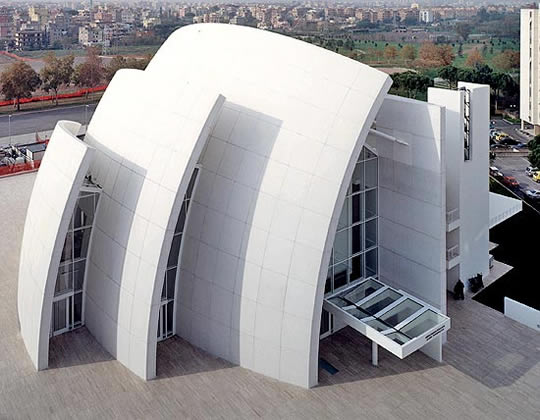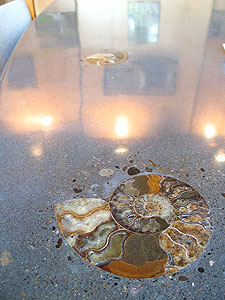Look, No Moss!

- "When used on or in a concrete structure, photocatalysts decompose organic materials that foul the surface."
- "A hydrophilic surface prevents moisture from forming beads of water that may cause stains by attracting and holding dirt and then streaking the surface. Instead, moisture forms a thin film across a surface that interferes with the adhesion of dirt. Rain or simple rinsing can then easily remove the dirt. The result: your building or structure stays cleaner and more beautiful."
Source: Concrete Decor
- The organic compounds affected by photocatalysts include dirt (soot, grime, oil and particulates) biological organisms (mold, algae, bacteria and allergens), air-borne pollutants (VOCs including formaldehyde and benzene; tobacco smoke; and the nitrous oxides (NOx) and sulfuric oxides (SOx) that are significant factors in smog), and even the chemicals that cause odors.1
- In addition to decomposing the chemicals that contribute to air pollution, photocatalytic treatments are alleged to have other environmental benefits. Self-cleaning concrete will not require the use of the solvents now used to clean buildings, eliminating another source of pollutants.
- In one study, photocatalytic paving decomposed 15 percent of the nitrous oxide released by cars traveling the roadway and was more effective, in this regard, than planting trees on both sides of the roadway.
- At the nano-scale, this new type of titanium undergoes a quantum transformation and becomes a semiconductor. Activated by the energy in light, the TiO2 creates a charge separation of electrons and electron holes. The electrons disperse on the surface of the photocatalyst and react with external substances, causing chemical reductions and oxidations and forming hydroxyl radicals that act as powerful oxidants to decompose organic compounds.

Now, about the source of this information: Concrete Decor?
That title is a bit of a throwback, innit? Sounds very 50s/60s.
But on closer inspection, the content is good. I'm liking this more as I read.
Too bad I cannot get behind the subscription wall to see what this story says.
1. Does one get the impression that urine might be part of this list, and that self-cleaning walls might be a boon for certain nightlife hotspots?





0 Comments:
Post a Comment
<< Home